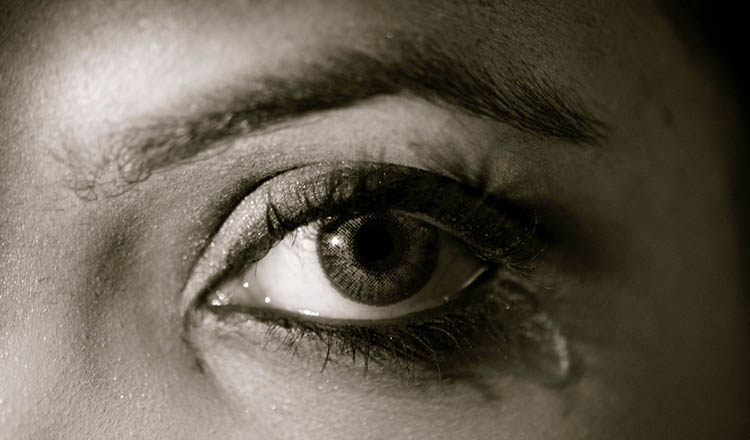The Protective Power of Tears
The delicate mechanism that allows your eyes to transmit images in the form of light to your brain is very sensitive. It has to be in order to accurately project the world around you in a way that can be translated into crisp, clear images. Your body has a finely tuned system to keep your fragile eyes safe, and tears play a major role in eye care. Tears are more than just salty water. Each drop is made up of water, mucus, protein and oil, a mixture specially designed to provide maximum protection against outside irritants.

Basal Tears
Your eyes remain moist throughout the day because your lacrimal glands are always working. These glands are located above your eyes, toward the outer corners. When tears are produced, they flow down and across your eyes to coat them. Basal tears are produced constantly — between 5 and 10 ounces each day — and they serve to keep your eyes comfortable and moist. Basal tears continuously drain through the nasal cavity, maintaining a steady flow without spilling over.
Reflex Tears
When you are in an environment that is hard on your eyes (such as one that’s full of smoke, pollen or dust), your lacrimal glands respond right away. There are nerves in your cornea that sense the irritants, and they notify your brain that the eyes are under attack. The brain responds by sending a burst of hormones to your lacrimal glands, causing extra tear production. These tears, known as reflex tears, work to wash dust and irritants that cause eye allergies away.
Emotional Tears
 Strong emotions cause the most dramatic tears, and sadness can lead to significant tear production. The brain’s cerebrum is the first place to register emotion, and the message is passed along to your endocrine system. Hormones are released, and your lacrimal glands respond, producing tears of joy and sadness.
Strong emotions cause the most dramatic tears, and sadness can lead to significant tear production. The brain’s cerebrum is the first place to register emotion, and the message is passed along to your endocrine system. Hormones are released, and your lacrimal glands respond, producing tears of joy and sadness.
Though some people take pride in holding back tears and insist that crying serves no purpose, research shows otherwise. In fact, your body experiences a rise in destructive chemicals and toxins during stressful periods, and crying offers a way to release some of the excess baggage. Once your body is cleansed of these chemicals and toxins, you often feel calmer and more content.
The Composition of Tears
In an effort to better understand the different kinds of tears, scientists studied the makeup of basal, reflex and emotional tears. They made an unexpected discovery. While reflex tears are primarily composed of water — approximately 98 percent — emotional tears have a number of additional components. Some of these include the protein prolactin, stress-related adrenocorticotropic hormones and the endorphin leucine-enkephalin, which works to relieve pain.
Common eye problems include intermittent or chronic dry eyes, which can cause significant discomfort. A failure to produce tears leaves your eyes unprotected from the irritants present in your environment. If you experience excessive dryness in your eyes, please call our office to schedule an appointment. We have new treatments available to help! Remember, tears are an important part of overall eye health.